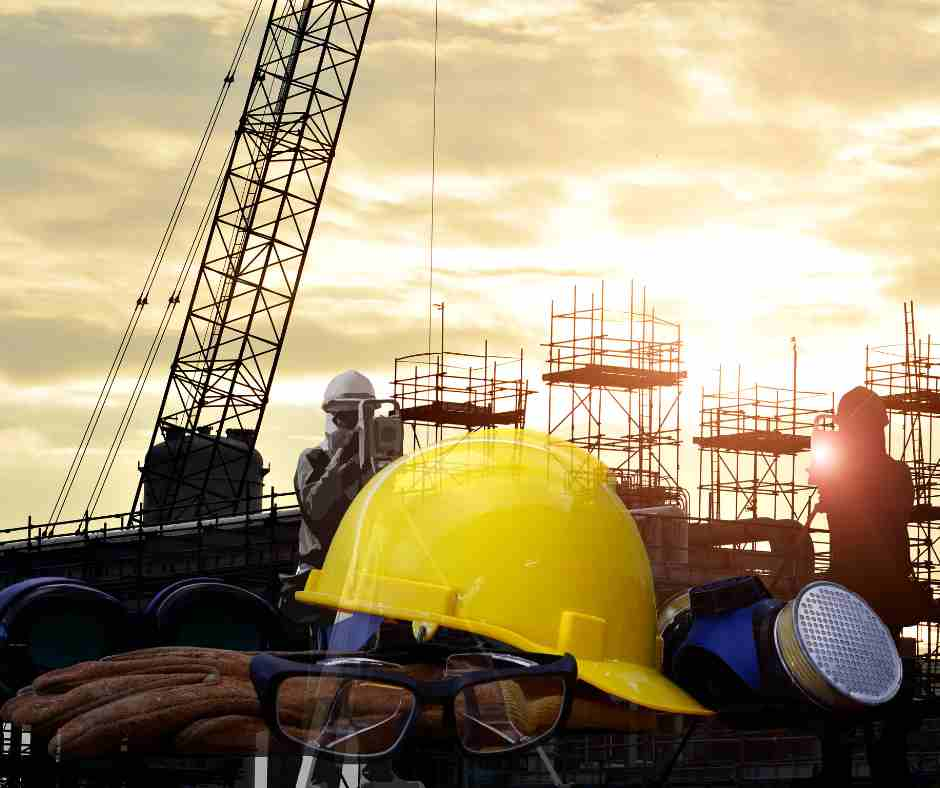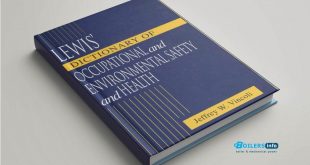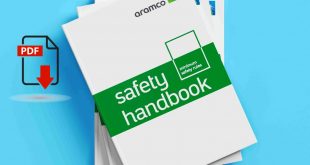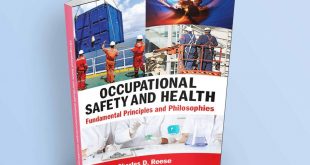Introduction to Health and Safety in Construction
Health and safety in construction are critical to ensuring the well-being of workers, the protection of assets, and the compliance with legal regulations. Construction sites can be dangerous environments, and proper management of health and safety practices can reduce accidents, injuries, and fatalities. This introduction explores the foundations of health and safety, key hazards, risk management strategies, and the importance of fostering a positive safety culture on construction sites.
Table of Contents
ToggleHealth and Safety Foundations
Health and safety in construction is built on a solid foundation of regulations, industry standards, and best practices. Employers and workers must be aware of the rules set by regulatory bodies such as OSHA (Occupational Safety and Health Administration) or the HSE (Health and Safety Executive). These standards define the procedures and guidelines for risk mitigation, personal protective equipment (PPE), emergency response, and training.

Key foundations include:
- Establishing safety management systems
- Compliance with health and safety regulations
- Training and education of workers
- Regular safety audits and inspections
Organizing for Health and Safety
A structured approach to health and safety is crucial for effective management on construction sites. Organizations should designate safety officers, develop safety protocols, and establish clear lines of communication regarding safety issues.
Organizing for safety involves:
- Appointing health and safety coordinators
- Creating safety committees
- Developing emergency response plans
- Ensuring the availability of first aid kits and equipment
Promoting a Positive Health and Safety Culture
Creating a culture of safety is essential for encouraging all workers to take health and safety seriously. A positive safety culture not only reduces accidents but also increases productivity by fostering a sense of responsibility among employees.
To promote a positive safety culture, companies should:
- Lead by example with safety-conscious leadership
- Provide continuous safety training and awareness campaigns
- Encourage open communication about safety concerns
- Reward safe behavior and initiatives
Risk Assessment
Risk assessment is the process of identifying hazards, evaluating the risks associated with them, and implementing control measures to reduce or eliminate the risks. A thorough risk assessment helps construction companies prioritize safety actions based on the severity and likelihood of risks.
Key elements of risk assessment include:
- Identifying potential hazards in the workplace
- Assessing the risk levels of different activities
- Implementing preventive measures to mitigate risks
- Regularly reviewing and updating risk assessments
The Health and Safety Handbook
The Health and Safety Handbook is a vital reference guide for all personnel involved in the construction process. It consolidates important safety policies, procedures, legal requirements, and best practices into one accessible document.
Contents typically include:
- Safety procedures and protocols
- Emergency contact information
- Incident reporting forms
- Personal protective equipment (PPE) requirements
- Safety training resources
General Site Issues – Hazards and Control
Construction sites present various hazards that need to be controlled to prevent accidents. These hazards include machinery-related risks, fall hazards, and exposure to hazardous materials. Proper site management and safety protocols must address these risks.
Common site hazards include:
- Working with heavy machinery and tools
- Fall hazards from scaffolding or unprotected edges
- Exposure to hazardous substances like asbestos or lead
- Poor site organization and clutter
Control measures for these hazards:
- Proper equipment maintenance and inspection
- Clear signage and barriers
- Safe storage and handling of hazardous materials
Working at Height – Hazards and Control
Working at height is one of the most common causes of fatal accidents in construction. Hazards include falls from ladders, scaffolding, roofs, and other elevated areas. Effective safety controls are crucial to prevent falls and injuries.
Control measures for working at height:
- Use of guardrails and fall arrest systems
- Proper training in the use of ladders and scaffolding
- Ensuring safe access and egress to elevated work areas
Excavation Work and Confined Spaces – Hazards and Control
Excavation and confined spaces present unique risks to construction workers. Excavation work can lead to cave-ins, while confined spaces can have poor ventilation, toxic gases, or limited access in case of an emergency.
Control measures for excavation and confined space work:
- Shoring or trench boxes to prevent cave-ins
- Continuous air monitoring in confined spaces
- Restricting access to authorized personnel only
- Providing rescue equipment and training
Demolition – Hazards and Control
Demolition work involves the risk of structural collapse, exposure to hazardous materials, and noise-related issues. Special precautions must be taken when dismantling buildings or structures.
Control measures for demolition:
- Detailed site surveys and structural assessments
- Safe demolition techniques and tools
- Handling of hazardous materials like asbestos
- Noise control measures to protect workers
Industrial Safety Management
Industrial safety management in construction focuses on the systematic approach to identify, manage, and mitigate risks. It involves organizing safety programs, ensuring compliance, and implementing effective hazard control strategies. A successful safety management program reduces risks and ensures the protection of workers, property, and the environment.
Movement of People and Vehicles – Hazards and Control
The movement of people and vehicles on construction sites can be hazardous, particularly in busy areas where both pedestrians and vehicles share space. Collisions and accidents can be minimized by proper planning and traffic control.
Control measures for movement of people and vehicles:
- Clearly marked pedestrian walkways
- Vehicle speed limits and signage
- Dedicated vehicle routes and barriers
- Traffic marshals to direct vehicles
Work Equipment Hazards and Control
Work equipment such as cranes, power tools, and scaffolding can present serious safety risks if not used properly. It’s important to ensure all equipment is safe to use and is maintained regularly.
Control measures for work equipment:
- Regular inspection and maintenance of tools and machinery
- Proper training in the use of equipment
- Use of safety guards and protective features on equipment
- Clear signage to indicate potential hazards
Manual and Mechanical Handling Hazards and Control
Lifting and moving heavy materials are common tasks on construction sites, but they come with the risk of musculoskeletal injuries. Both manual and mechanical handling should be carried out safely to avoid injuries.
Control measures for handling hazards:
- Training in safe lifting techniques
- Use of mechanical aids like cranes or hoists
- Reducing the weight and size of loads where possible
- Providing adequate PPE for manual handling tasks
Electrical Hazards and Control
Electrical hazards are a significant concern on construction sites, where workers often deal with live wires, electrical tools, and equipment. Proper precautions must be taken to prevent electrocution and fires.
Control measures for electrical hazards:
- Lockout/tagout procedures for electrical equipment
- Use of ground fault circuit interrupters (GFCIs)
- Regular electrical inspections
- Ensuring workers wear insulated gloves and protective clothing
Fire Hazards and Control
Construction sites often contain flammable materials and equipment that increase the risk of fire. Fire hazards must be carefully managed to prevent loss of life and property damage.
Control measures for fire hazards:
- Fire extinguishers and sprinklers on site
- Safe storage of flammable materials
- Regular fire drills and emergency response planning
- Clear evacuation routes and signage
Fire Safety Management Handbook 3rd Edition
This handbook provides detailed guidance on fire safety management, including risk assessment, fire prevention measures, and emergency response plans for construction sites. It is an essential resource for construction managers, safety officers, and workers.
Chemical and Biological Health
Construction workers may be exposed to harmful chemicals and biological agents, such as asbestos, silica dust, and mold. These substances can have long-term health effects, so it’s essential to minimize exposure.
Control measures for chemical and biological hazards:
- Providing appropriate PPE, including respirators
- Ensuring proper ventilation in work areas
- Training workers on handling hazardous materials
- Regular health monitoring for exposed workers
Incident Investigation, Recording, and Reporting
When accidents or near-misses occur, it’s vital to investigate and record the incident to prevent future occurrences. A thorough investigation identifies the root cause and leads to improvements in safety protocols.
Steps in incident investigation:
- Immediate reporting of incidents
- Gathering and analyzing evidence
- Identifying the cause and recommending corrective actions
- Keeping detailed records for compliance and future reference
Conclusion
Health and safety in construction are essential components of every successful project. By implementing effective safety measures, organizing safety protocols, and promoting a positive safety culture, construction companies can mitigate risks and ensure the well-being of workers. The focus on risk assessment, equipment safety, and emergency planning is critical in preventing accidents and maintaining a safe work environment.
 Boilersinfo Boiler and Mechanical Power Digital Library
Boilersinfo Boiler and Mechanical Power Digital Library





